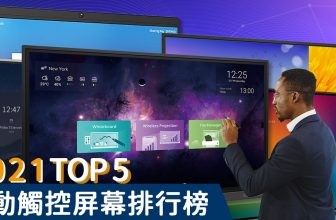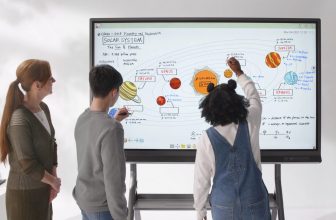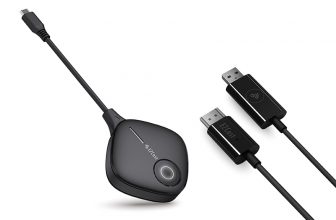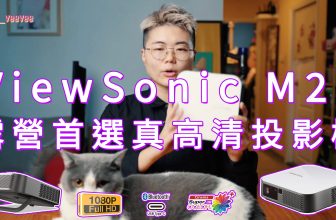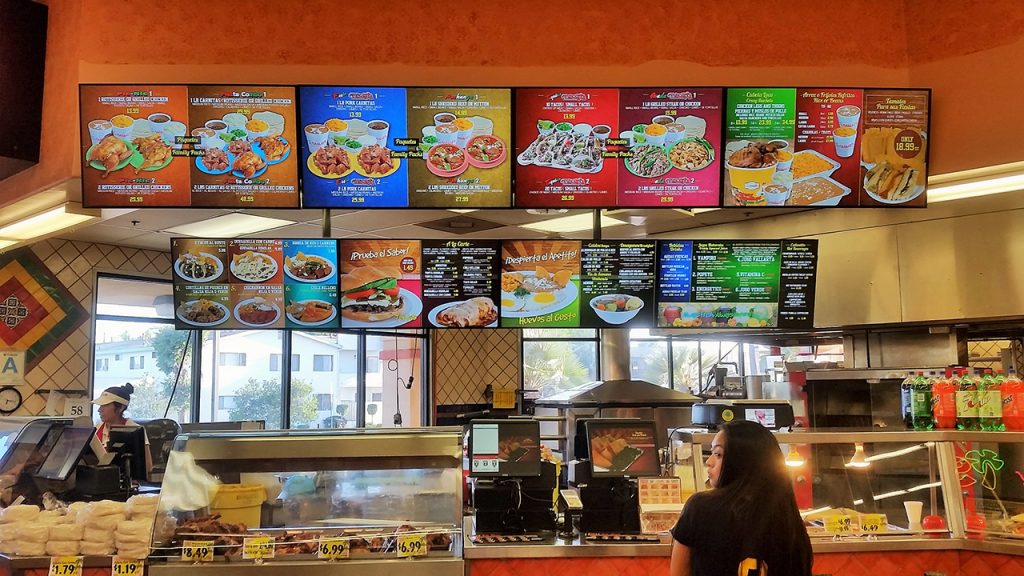
In many fast food restaurants, more than 70% of shopping is done at the time of passing. Therefore, any way to promote sales, reduce costs and increase customer loyalty will bring huge benefits to these types of companies.
The digital menu board is a strategy for success in spades. This technology can usually be controlled remotely using any networked device, so its content can be changed at any time. Some digital menu boards even use sensors to measure proximity, temperature, weather and other factors, and provide data points to help QSR better interact with customers.
Because driving technology provides unique opportunities for direct contact with consumers, digital menu boards can help restaurants increase personalization and provide an experience that customers are looking for every time.
Here are the top five benefits of using an adaptive digital menu board:
1. Improve service speed
One big advantage of the digital menu board is that it can help you speed up the service speed when the drive is connected. Compared with the static display, the adaptive digital menu board can help customers place orders faster by displaying only the menu options available at a specific time of the day. In contrast, the static display can be included after a certain time of the day. Breakfast items not available. The adaptability of these circuit boards allows to reduce visual clutter, which helps people choose faster. In addition, the digital menu board speeds up the transmission of orders, ensuring that the food is ready once the customer arrives at the next window.
2. Improve the accuracy of orders
Another major advantage of digital menu boards is that they can help improve the accuracy of orders. The digital menu board allows employees to communicate order choices to consumers while speaking so that they can confirm their choices before moving. This can also help keep the production line moving quickly and ensure customer satisfaction by reducing order errors.
3. Promote incremental sales
Since more than two-thirds of all QSR purchases are open to traffic, digital menu boards can have a significant impact on profits. They can be used to drive incremental sales by providing customers who are paired with something already ordered. They can also help by highlighting special deals and price changes, providing customers with information that encourages them to order other items that appeal to them. Over time, the digital menu board can learn about the most common pairing types and start recommending them to more customers. With more contextual clues to choose from, better QSR can serve their customers, and digital menu boards add more data to this equation.
4. Make real-time menu changes
Perhaps one of the most unique features of the adaptive digital menu board is that it allows the menu to be changed in real time. Some of them are able to measure weather, temperature and customer proximity on their own. Others connect to the Internet to attract these background cues and ultimately help provide the right information to the right customers at the right time. If the weather suddenly changes from sunny to rainy and cold, adaptive digital menus can promote warm drinks and comfort food, while iced drinks and other warm weather conditions. The menu can also be set up to respond to local events, such as the home team winning an important game and offering special offers or highlighting related menu items. In addition, a menu that can be changed in real time can promote food that needs to be consumed when it is fresh (such as fried chicken or pizza), if there is leftover food and ensure that it is not wasted. Finally, they can be used to successfully promote limited-time offers and delete them when they end.
5. Personalized content
Finally, the adaptive digital menu board can personalize the content according to various factors. In addition to understanding the local weather, events and restaurant conditions (such as LTO and fresh ingredients that need to be moved), this restaurant technology can go a little deeper and begin to understand customers in a personal capacity.
If QSR can connect digital menu boards to consumers through their personal mobile devices or other optional services, they can start to perform personalization, such as recommending frequently ordered items. They can also offer special coupons or offers based on the real interest of customers.
Suppose you have a sponsor going to Hamburg every Thursday afternoon. By using the personalization function through the digital menu board, you can offer this person free fries or discount promotions. Ultimately, this can help you build loyalty with your customers and get them back.
The digital menu board provides a new background for QSR’s relationship with customers. They can improve operational efficiency, save money and increase profits by increasing sales and increasing customer loyalty. Technologies like digital menu boards can help QSR remain relevant now and in the future.


